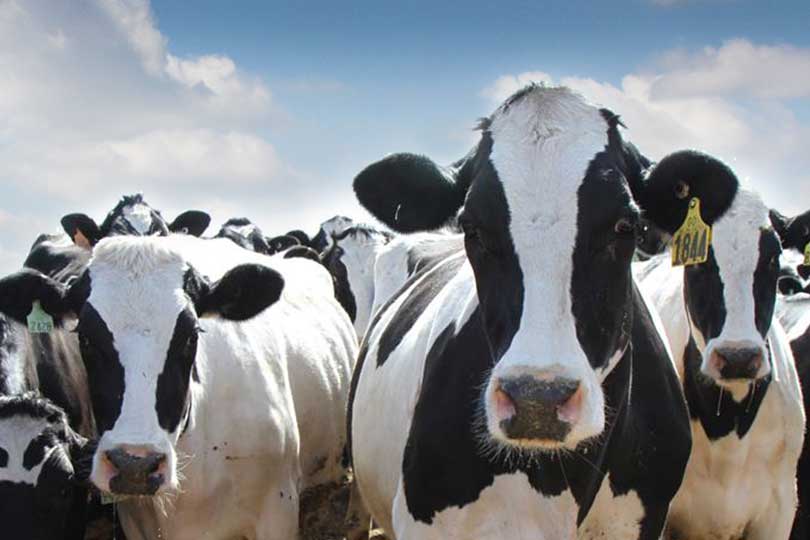By Jennifer Whitlock
Field Editor
Since the 1930s, Federal Milk Marketing Orders (FMMOs) have helped dairy farmers across the nation collect set minimum standard prices for their milk based on usage classifications.
But in the nearly 100 years since FMMOs were created and more than 20 years since the program last saw major reforms, dairy markets have seen many changes in production and consumption.
These issues prompted the American Farm Bureau Federation (AFBF) to convene a dairy working group investigating the FMMO system.
The 12-member working group, which equally represented each AFBF region, recently released a report detailing their findings.
During meetings with various directors of USDA programs and industry representatives, the working group discussed challenges faced by today’s dairy farmers and ways to solve those issues.
A primary conclusion of the investigation was the correlation between dairy farmers’ understanding of FMMOs and the ability to simplify them. Someone who doesn’t understand the FMMO process cannot make meaningful suggestions for changes.
USDA must create clear, accessible resources detailing how each order and its corresponding pool requirements differ by region. Currently, those resources are either non-existent or difficult to find, leaving many farmers unsure of the process.
Access to detailed pooling and pricing information for marketing milk is vital to helping farmers gain a better understanding of FMMOs, the group reported.
Better outreach and education on how FMMOs are amended and updated will aid dairy farmers in making informed decisions and voting on milk volume pooling of FMMOs. But without unity and consensus among farmers and processors, real change will not occur, they cautioned.
“A national meeting of all industry stakeholders with the objective to provide real-time solutions may be an effective option,” the report states.
Another major topic tackled by the AFBF group was analyzing impacts of the COVID-19 pandemic on dairy farmers.
They found data has not yet been uniformly collected and analyzed by USDA, leading them to ask USDA to create a formal report on this topic. USDA should include how actions of the federal government, processors and other stakeholders impacted dairy farmers’ bottom lines during that volatile time.
Other issues covered in the working group report include risk management opportunities, shortcomings of the Dairy Revenue Protection program during 2020, changing the Dairy Margin Coverage price basis from a national average to local or regional pricing and consolidation within the dairy industry at all levels.
“As the fourth-largest dairy-producing state in the nation, many of our Texas dairy farmers are greatly impacted by some of these issues on a daily basis,” Texas Farm Bureau (TFB) Associate Director of Commodity and Regulatory Activities Tracy Tomascik said. “We look forward to reviewing this report and working with leaders on a state and federal level to make sure current policy reflects the reality of today’s dairy farmers. We hope this information will help better position our dairy farmers to stay successful in a challenging environment.”
Members of the AFBF working group represented Arizona, Florida, Idaho, Illinois, Kentucky, Michigan, New Hampshire, New York, Pennsylvania, South Carolina, Utah and Wisconsin Farm Bureaus.

